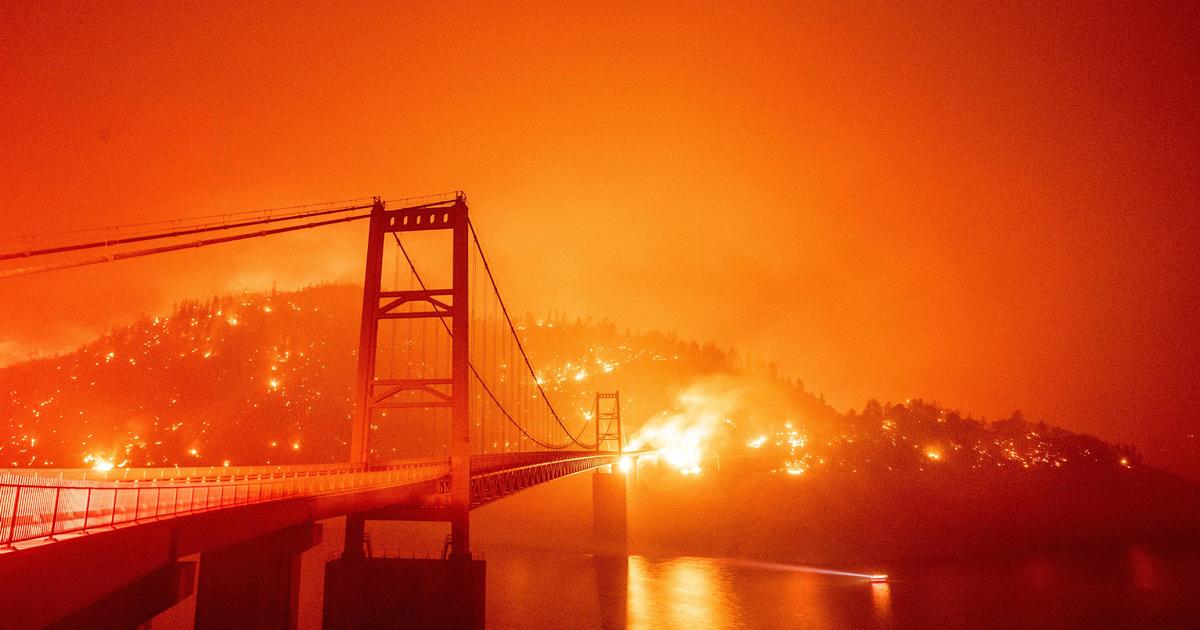Insurance companies in California have stopped covering tens of thousands of homeowners in areas devastated by wildfires, even though the homeowners want to remain insured. The amount of non-renewed policies, made public this week, could prompt changes in how insurers operate in the Golden State.
There were 235,250 policies discontinued last year, a 31% increase from 2018, according to the California Department of Insurance. That figure includes homeowners who didn’t renew their previous policy and insurers who decided to no longer cover certain homes. Californians living in wildfire-prone areas without homeowners insurance have “nightmarish fears of losing everything that is precious,” Ricardo Lara, the state’s insurance commissioner, said in a statement.
“The people of California are strong and resilient, but we cannot just continue business as usual,” he said of the insurance challenge.
Destructive wildfires have raged across California practically every year this past decade, causing irreparable damage to businesses and homes. The 2018 Camp Fire, for example, killed 85 people and burned 18,804 structures while this year’s North Complex fire has killed 15 and destroyed 2,352 structures, according to state data. The latest fire, which began August 8, is still active, according to the California Department of Forestry and Fire Protection’s website.
Some California insurers see wildfire-prone areas as too risky and would rather not cover certain homeowners than give them a policy that doesn’t account for the greater dangers — and costs—of property damage from wildfires, Mark Sektnan, vice president of the American Property Casualty Insurance Association, told CBS MoneyWatch.
Cause for concern: Climate change
08:13
“Insurance companies don’t want to give up customers ever – at all,” Sektnan said. “But if a homeowner’s policy is so underpriced that it doesn’t reflect the growing risk of that area then you have to kinda make a decision.”
California areas that saw the biggest drops in insurance coverage include the Southern Sierra northeast of Bakersfield, Northern California and communities just north of Los Angeles, state data show. The data did not disclose which insurance companies are dropping policies in those areas.
Among the major insurers operating in the California property market are State Farm, Farmers, Liberty Mutual and Allstate.
In California, the nation’s largest insurance market, insurers can raise rates anytime with state approval but they also must endure public hearings if the increase is 7% or higher, according to state law. In recent years, insurers have increased rates by 6.9%, state data show.
“Gaming the system”
Lara said insurers have been “gaming the system” by raising rates but stopping just short of the 7% to avoid having to answer to the public.
The rate increases have translated to hundreds of extra dollars in premiums for many, including retired teacher Colleen Cross of Paradise, in the Sierra Nevada foothills.
“In a blink, my insurance went from $1,500 per year to over $4,800, more than triple what I was paying previously,” said Cross, whose home survived a wildfire in 2018.
Climate scientists on 2020 wildfires, storms
13:14
Cross said she has cleared vegetation around her home in an effort to make her house less vulnerable to flames. The work is discouraging, she said, because taking those extra precautions doesn’t garner a lower bill from her insurer. “My agent said they just go by ZIP code and fire risk zones,” Cross said.
Lara said his office is working on, among other things, a policy that pushes insurers to give discounts to customers that make their home fire-resistant. State regulators are also pushing insurance companies to publicly share the formula used to calculate a customer’s rate.
